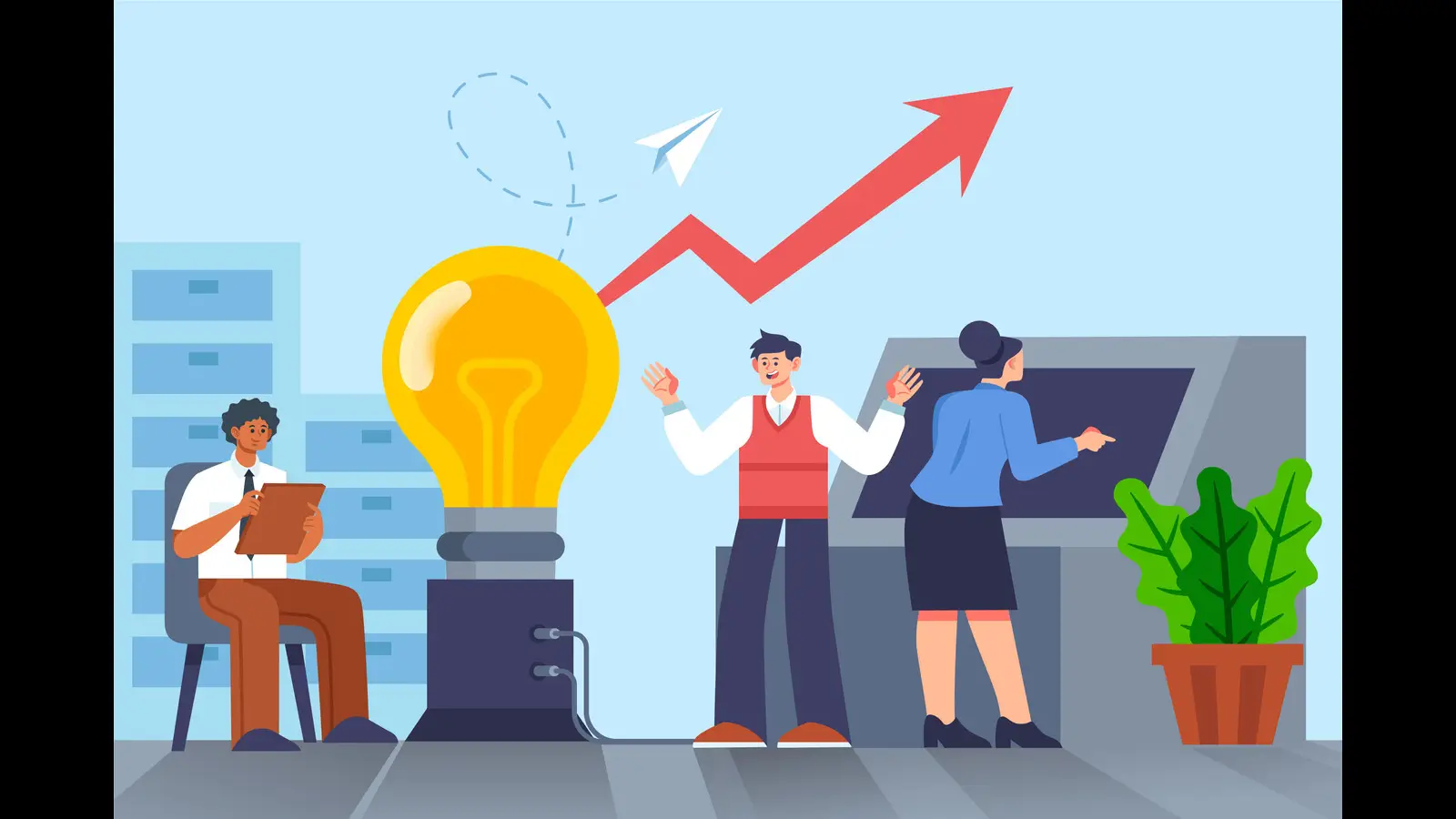
For many small business owners, the idea of building a website often comes with a lot of excitement—and sometimes unrealistic expectations. They may have been told by a persuasive sales rep that simply launching a website will magically bring in new customers and increase sales overnight. While it’s true that having a website is essential in today’s digital-first world, it’s not a silver bullet.
In reality, a website plays a critical—but partial—role in the sales process. Think of it as the first foot in the door rather than the final handshake that seals the deal. For local brick-and-mortar stores and service-based businesses, especially, your website is often the first place potential customers go to form an opinion about your brand. But closing the sale requires much more effort and strategy beyond just “having a site.”
In this blog, we’ll explore the real role of a website in closing a sale, why it matters, and how to make yours work as part of a broader sales strategy.
Today, the first thing customers do when they hear about your business is check your website. Whether they find you through a referral, an ad, or a quick Google search, your site becomes their initial point of contact. Within seconds, they’re making judgments about your credibility, professionalism, and trustworthiness.
A polished, easy-to-navigate website creates the impression that your business is organized and reliable. On the other hand, a cluttered or outdated site sends a negative message—it makes customers wonder if your services or products might be just as sloppy. And in competitive markets, one bad impression can drive them straight to your competitors.
This is why your website matters. It sets the tone for everything that follows in your customer’s decision-making journey.
While your website is important, it doesn’t automatically equal sales. Customers rarely buy immediately after visiting a site, especially for higher-value purchases or services. Instead, they continue down a sales funnel that includes multiple steps:
In other words, your website opens the door, but you still need to guide potential buyers through the rest of the process.
Goal: The goal here is to let people know your brand exists and start building recognition. At this stage, prospects may not even realize they need your product or service. By creating engaging, shareable, and educational content, you spark curiosity and plant the first seed of awareness.
Examples:
Goal: This phase is all about helping prospects find you while they’re actively researching solutions. They’re comparing options, searching on Google, and browsing directories. Your job is to make sure your business shows up in the right places at the right time, making it easy for them to discover you.
Examples:
Goal: Once prospects know you exist, the focus shifts to proving your value and building trust. Here, you show why you’re the better choice through detailed resources, testimonials, and expert insights. The aim is to nurture leads and reduce doubts so prospects see you as the most reliable solution.
Examples:
Goal: At this stage, your goal is to turn interested prospects into paying customers. You provide clear, persuasive reasons to act now—whether through strong CTAs, limited-time offers, or a seamless checkout process. It’s about making the buying decision as easy and risk-free as possible.
Examples:
Goal: The journey doesn’t end at the sale. Retention focuses on keeping customers happy, engaged, and coming back. By offering loyalty rewards, personalized communication, and valuable experiences, you turn one-time buyers into long-term advocates who help fuel ongoing growth.
Examples:
A website plays an important role in the sales funnel, but it’s not enough on its own to guarantee sales. There are many other factors—like marketing, follow-ups, offers, customer trust, and service quality—that work together to actually close the deal. A website is just the starting point, not the only source.
Even the best-designed website won’t close sales if no one visits it. That’s why your website must be paired with a broader marketing strategy. SEO, local search optimization, pay-per-click ads, and social media campaigns all play a role in driving people to your site.
At Ellipsis Marketing, we offer a ready-made website program that not only creates a professional online presence but also integrates with marketing strategies to ensure your site actually gets seen. Because a beautiful website without traffic is like having a store in the middle of nowhere—it doesn’t matter how great it looks if no one finds it.
Imagine walking into a store with messy shelves, flickering lights, and an unwelcoming staff. Chances are, you’d turn around and head to the shop down the street. The same logic applies online.
If your website looks outdated, loads slowly, or lacks clear information, potential customers will question your professionalism. Even if you offer the best product in the market, your credibility suffers if your digital “storefront” doesn’t reflect that quality.
On the flip side, a clean, modern, and well-structured website signals that you take your business seriously. It reassures customers that you’ll also take their needs seriously.
At Ellipsis Marketing, we remind business owners that their website is essentially a 24/7 storefront. Even when you’re not working, your site is representing you. That’s why keeping it polished and up-to-date is non-negotiable.
Your website should also be designed with lead generation in mind. This means including clear calls-to-action and simple ways for visitors to connect with you. Examples include:
These features don’t close the sale immediately but create opportunities to follow up with interested prospects. From there, you can continue building the relationship until they’re ready to buy.
So where does the website fit into the bigger picture? Here’s the truth: your website doesn’t close the sale by itself, but it plays a pivotal role in enabling you to close the sale.
A website is the foundation of your digital presence. It opens the door, sets the tone, and creates opportunities. But it works best when combined with a strong sales process, marketing strategy, and a commitment to offering the best product or service possible.
In today’s competitive landscape, a website is no longer optional—it’s essential. But it’s important to understand its true role: it’s the first step in building customer trust and moving them through your sales funnel, not the final step of closing the deal.
At Ellipsis Marketing, we help small businesses build websites that not only look professional but also function as part of a larger sales and marketing system. If you’re ready to create a website that helps you attract, engage, and convert customers, check out our ready-made website program.
Because while your website alone won’t close the sale, it can absolutely make or break whether a customer ever gives you the chance.


